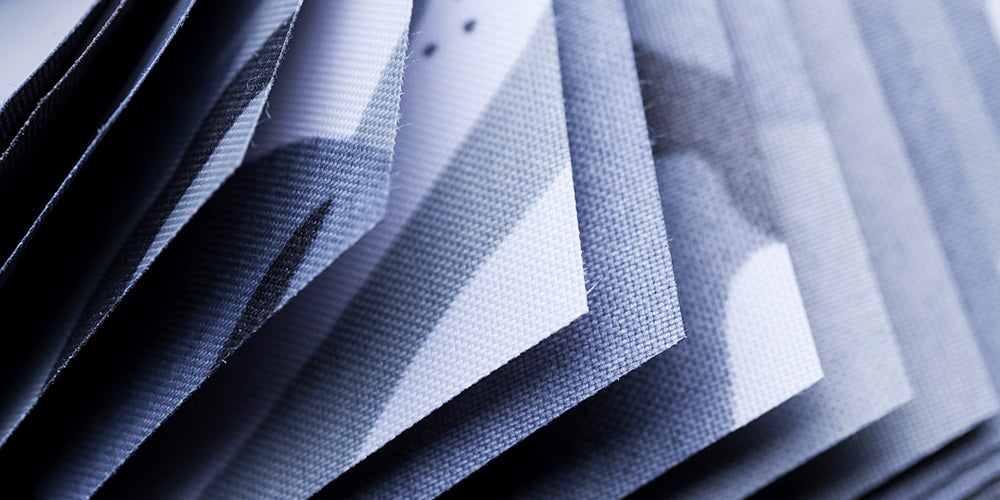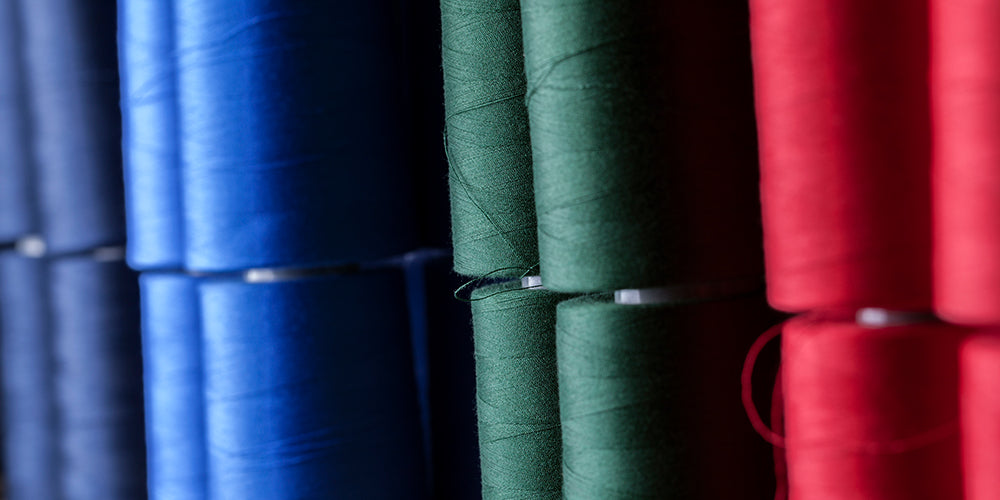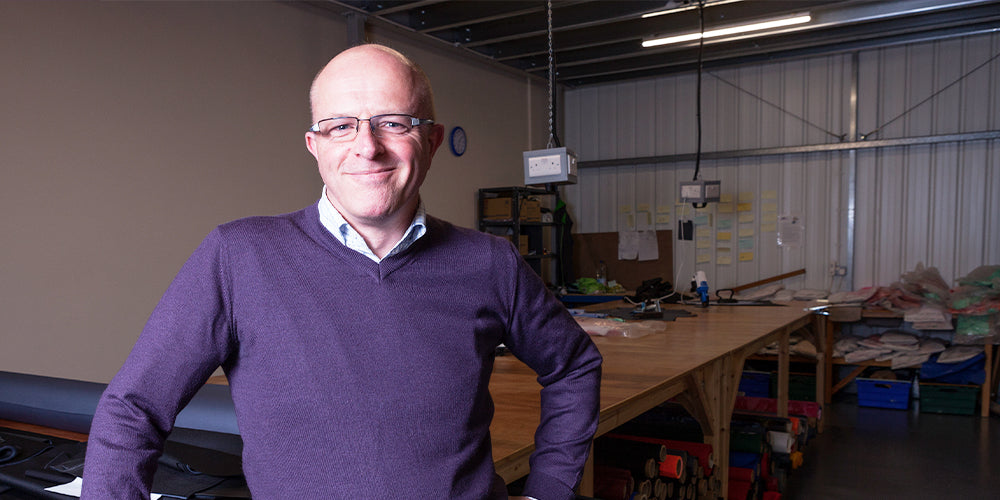About Our Waterproof Seat Covers
Our standard choice of material for our tailored, 100% waterproof vehicle seat covers is a 600 Denier Polyurethane backed Polyester. Why do we choose this cloth?
First and foremost we want our covers to do what you need them to do and that is to protect your seats for a very long time.
We have selected our cloth after 17 years’ experience of making seat covers and a great deal of customer feedback. We also know that our hard-earned reputation is associated with quality products and you cannot achieve that if you don’t invest properly in materials and components. So the quality of our cloth is paramount and always will be.
We use a polyester based cloth because compared to many alternatives such as nylon, it is less susceptible to fade and static electricity, it keeps its shape better in fluctuating temperatures. It also has a more pronounced weave helping it to be more comfortable to sit on and less shiny (and sweaty) as you often will find with conventional nylon-based alternatives.
The waterproof coating we use is polyurethane (PU) based rather than a PVC coating. PVC coatings are often used in seat covers because they are cheap, and they give the fabric of the cover the false appearance of being thicker and more robust. However, PVC coatings are more susceptible to cracking and becoming detached from the fabric as it flexes from being sat on, and can therefore lose its waterproof property.
However, the PU coating can come in varying quality – some seat covers claim they are water resistant, simply because they have such a light (and cheaper) coating of PU that they are effectively not waterproof. The extent to which coatings are waterproof (or just water resistant) is measured by the hydrostatic head of the coating – that means the height (or depth) of water the cloth will withstand before the water passes through it. Some seat cover manufacturers use a coating to a hydrostatic head of 600mm. Our cloth has a hydrostatic head of 3 metres, and that’s after 6 washes in the washing machine. We advise that they are washed on a 30 degree wash, with a non-bio laundry detergent, and using no fabric softener. These covers are not suitable for the tumble dryer and they will need to be air dried. This performance and durability makes all the difference to the life of the product, and you’ll be glad of that when you spill that cup of coffee or leave the car window open during a rainy night.
We do not use a breathable coating on seat covers because such coatings are hydrophilic – that is they attract moisture. When they do, the coating swells, and the coating become more friable and is less able to withstand abrasion when sat on, often leaving a rather sticky mess on the reverse of the cover, and on your seats.
We also don’t use a flock or cotton type backing on the cover because we are aware of instances when that flock transfers to your seats or worse still comes off during washing. It’s always wise to check with the seller if the seat cover is machine-washable before you purchase. The flock lining also gives a false impression of the durability or thickness of both the base cloth and the waterproof coating.



